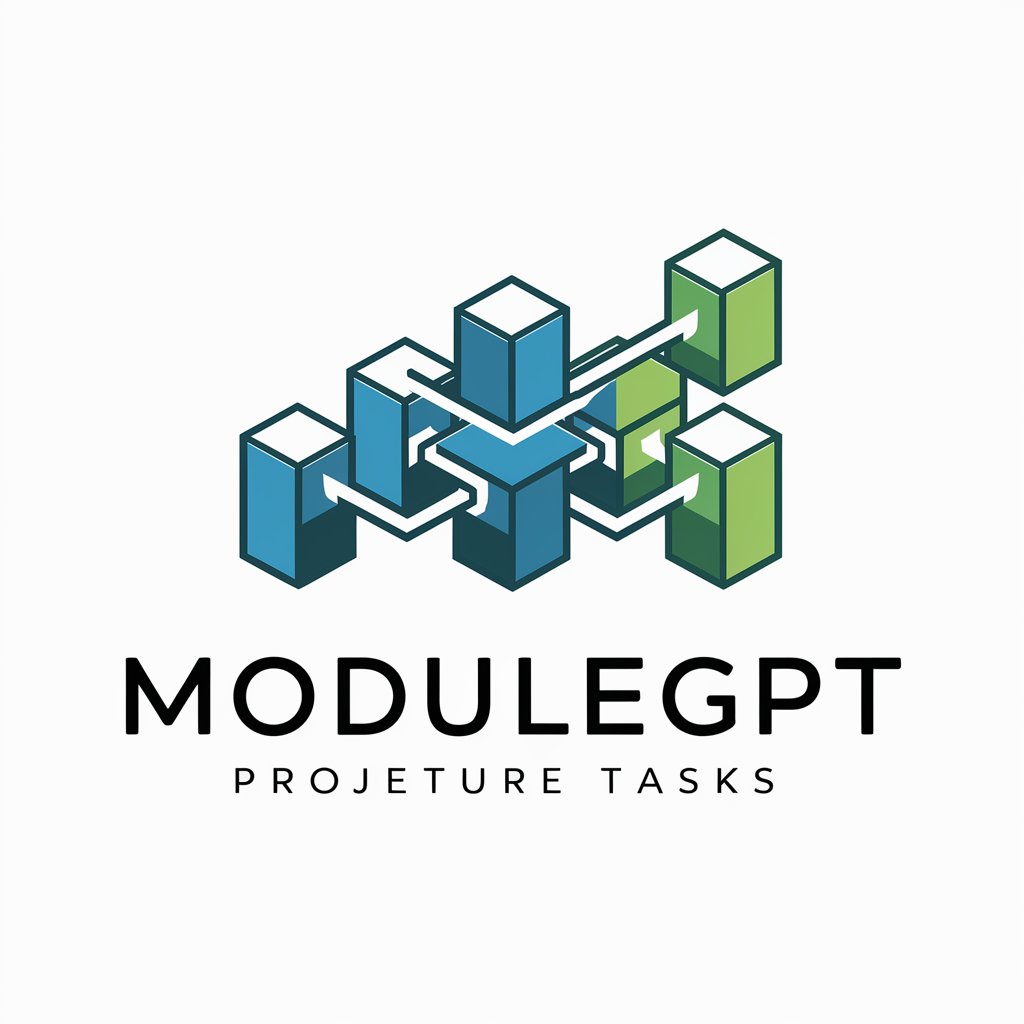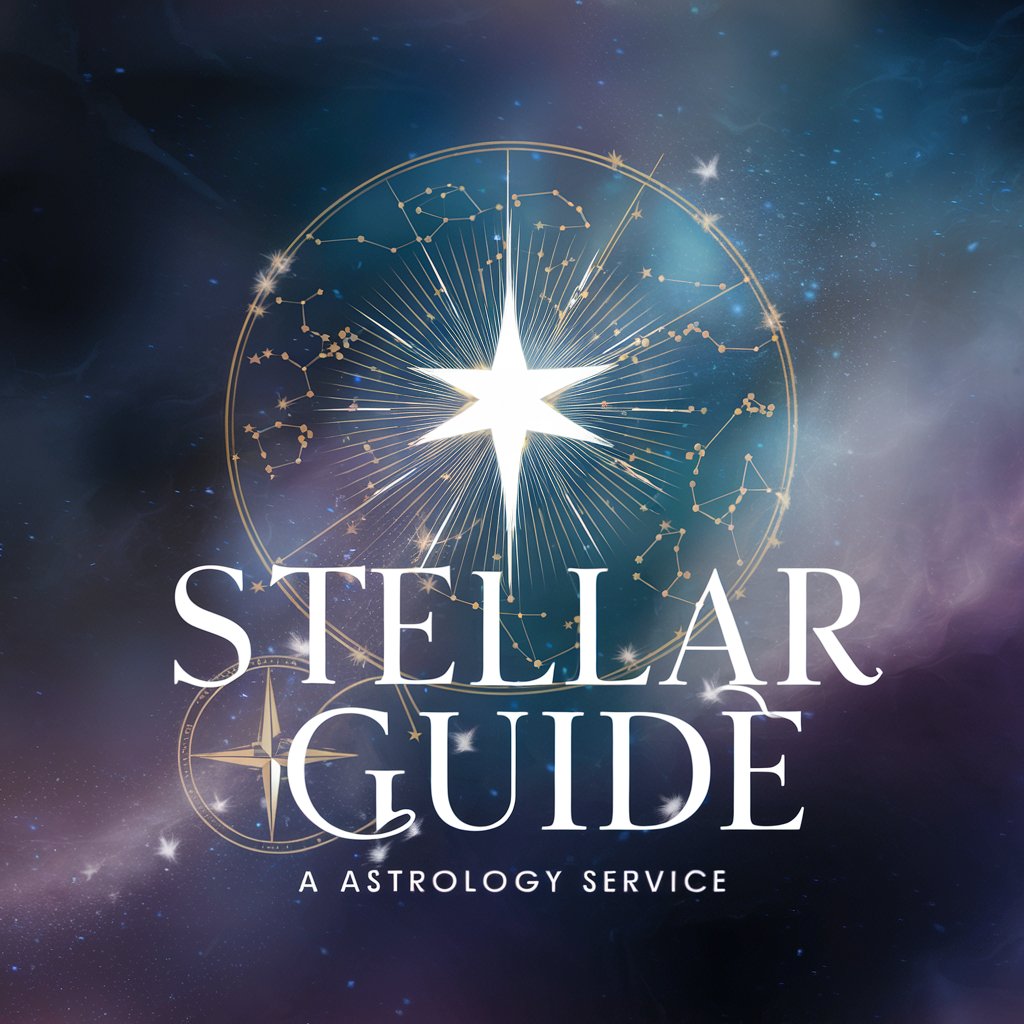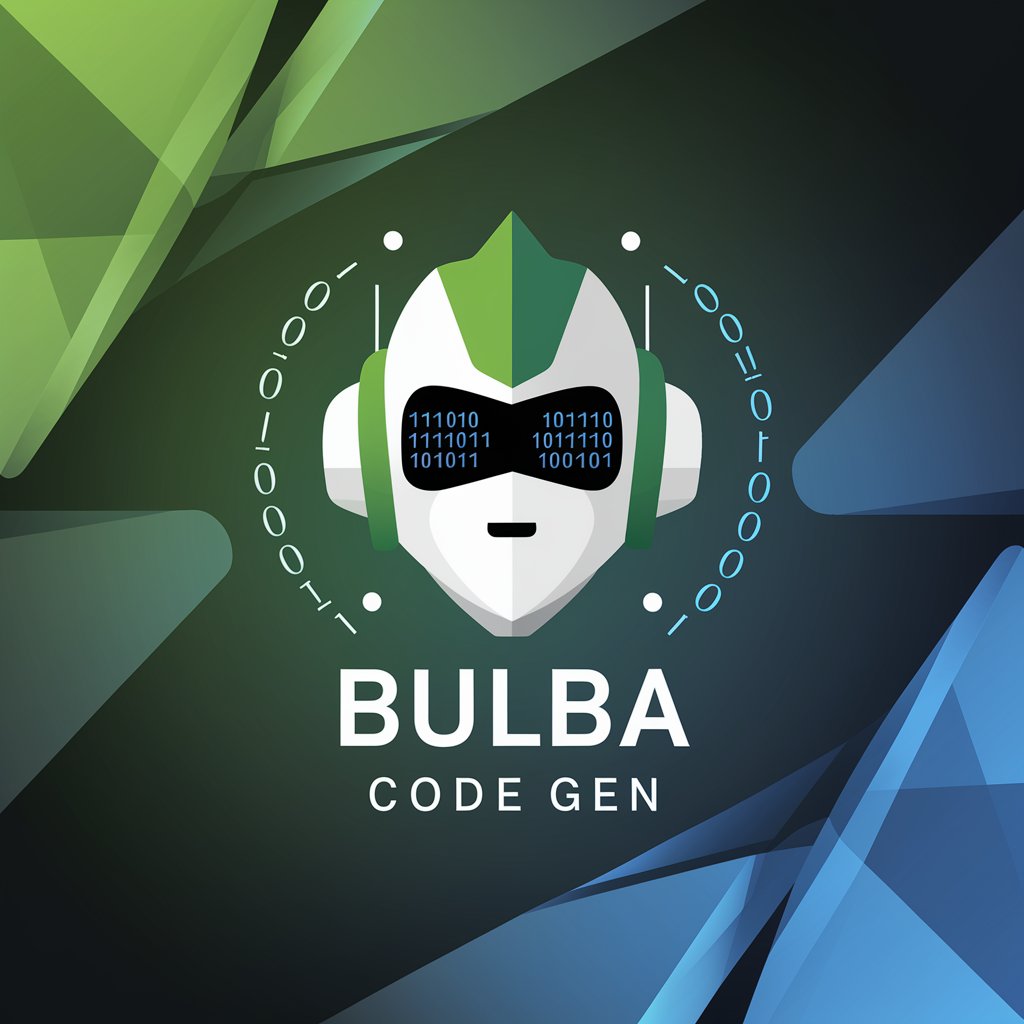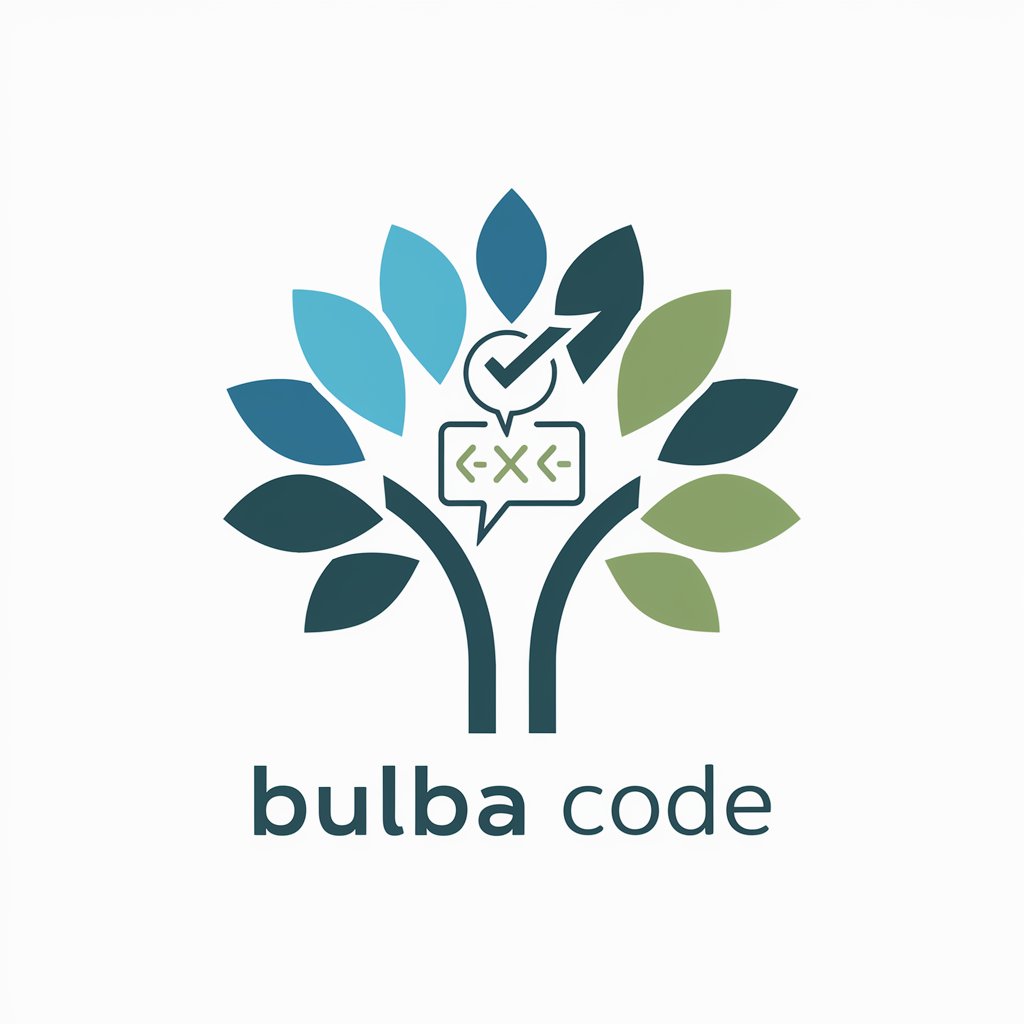ModuleGPT - Modular Project Management

Welcome! Let's efficiently break down your project into manageable modules.
Harness AI to Power Every Project
Explain the purpose of the module and its relevance to the overall project goals.
Divide the module into smaller, manageable sub-modules, each with a clear purpose.
Detail the functionality and technical specifications for each sub-module.
Describe the initial setup, dependencies, and testing procedures for the sub-modules.
Get Embed Code
Introduction to ModuleGPT
ModuleGPT specializes in managing complex project modules by breaking them into smaller, manageable sub-modules. This design is crucial for maintaining project tasks within the AI's character limitations and context windows, ensuring each component can be developed independently without exceeding these constraints. A typical scenario where ModuleGPT excels includes software development projects where various features must be integrated seamlessly. For instance, in developing an application, ModuleGPT can help outline and manage modules for user interface design, backend processing, and data management separately but cohesively. Powered by ChatGPT-4o。

Main Functions of ModuleGPT
Module Overview
Example
For a mobile app development project, ModuleGPT would provide a high-level view of key modules like user authentication, data synchronization, and push notifications.
Scenario
This helps project managers and developers understand the scope and requirements of each module independently and how they integrate into the overall project.
Sub-Module Breakdown
Example
Breaking down a complex e-commerce platform into manageable pieces like product listing, shopping cart, and checkout process.
Scenario
Each sub-module can then be assigned to different teams, streamlining the development process and improving focus on specific functionalities.
Detailed Functionality
Example
Describing the data validation process within a user registration module, specifying the necessary steps for email verification, password strength checks, and data encryption.
Scenario
Developers can use this detailed description to implement features accurately and ensure security measures are met.
Technical Specifications
Example
Outlining the use of Python and Django for a web development module, including required libraries like Django REST framework for API development.
Scenario
This guides the setup and ensures that all developers adhere to the same technical framework and library versions to avoid compatibility issues.
Consecutive Prompts
Example
For a project module that develops an AI chat function, ModuleGPT would generate multiple prompts detailing the setup, integration, and testing phases separately.
Scenario
This continuous sequence of development tasks allows the project to progress without interruptions, even within AI interaction constraints.
Ideal Users of ModuleGPT
Software Development Teams
These teams often handle multiple components of a project that need to be developed in concert. ModuleGPT's ability to break down complex projects into digestible parts makes it easier for these teams to manage and execute their tasks effectively.
Project Managers
Project managers who need to oversee the development of technical projects can use ModuleGPT to maintain clarity on the project's scope and module dependencies, facilitating better planning and resource allocation.
Educational Technologists
Individuals in this field can utilize ModuleGPT to design educational software or platforms, structuring different educational modules such as lesson planning, student assessments, and interactive learning tools.

How to Use ModuleGPT
Begin Free Trial
Access yeschat.ai to start a free trial of ModuleGPT without needing to log in or subscribe to ChatGPT Plus.
Identify Your Needs
Assess the specific project requirements or problems you want to address using ModuleGPT, such as module development, integration, or analysis.
Select Appropriate Modules
Choose from a variety of modules tailored to different programming and project needs, ensuring alignment with your project's goals.
Integrate into Your Workflow
Incorporate ModuleGPT into your existing workflows for efficient task handling and problem-solving, utilizing its AI-driven insights.
Regular Updates and Feedback
Continuously update your setup and provide feedback to optimize ModuleGPT's performance and accuracy in real-world applications.
Try other advanced and practical GPTs
IOS Creator
Empowering iOS Development with AI

FuelMyFitness
Optimize your diet, power your fitness.

Stellar Guide
Illuminate Your Life with AI-Powered Astrology

Econometrics
AI-powered econometrics for accurate data analysis

Remotobot Devschile
Empowering Your Chilean Remote Work Experience

Chemistry Companion
Empowering chemistry learning with AI

GPT Starcitizen
Strategic Edge in Star Citizen

CODE BULBA
Refining AI with Human Insight

BULVAR
Revolutionizing Bar Marketing with AI

Bulba Code Eval Rating Chat Tasks 2
Elevate Your Code with AI-Powered Reviews

Universal UK Solicitor (UUKS)
Revolutionizing Legal Assistance with AI

Mediador de Conflitos
Navigate disputes with AI precision.

Frequently Asked Questions About ModuleGPT
What exactly does ModuleGPT do?
ModuleGPT specializes in breaking down complex project tasks into manageable sub-modules, aligning with technical and creative constraints to facilitate effective project progression.
How does ModuleGPT handle large projects?
ModuleGPT segments large projects into smaller, more manageable parts, each designed to be independently developed without exceeding AI model limitations, ensuring comprehensive and efficient development.
Can ModuleGPT be customized for different industries?
Yes, ModuleGPT is highly adaptable and can be tailored to specific industry needs, whether in software development, engineering, or digital content creation.
What are the system requirements for using ModuleGPT?
ModuleGPT works within standard AI development environments and requires minimal system prerequisites, making it accessible on most modern systems used for AI development.
Is there any support available for ModuleGPT users?
Support for ModuleGPT users is provided through a comprehensive guide, FAQs, and a responsive help desk to assist with any technical or operational queries.
